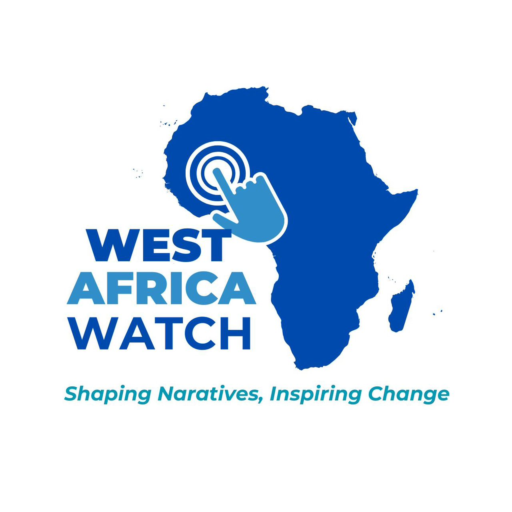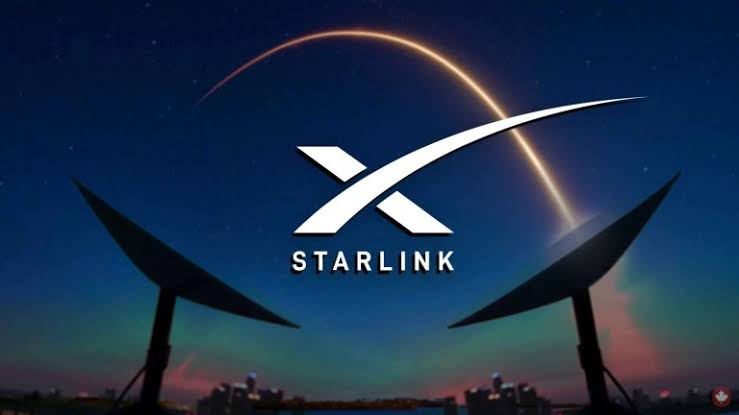Elon Musk’s Starlink is rapidly reshaping the telecom industry with its direct-to-cell (D2C) satellite service, enabling users to connect to the internet, send texts, and make calls without traditional mobile networks. The service, compatible with 4G and 5G smartphones, bypasses ground-based infrastructure, pressuring mobile network operators (MNOs) to evolve or risk losing relevance.
Since entering Nigeria’s market, Starlink has become the country’s second-largest ISP with over 65,000 subscribers, thanks to its high-speed, low-latency internet. Industry experts warn that Starlink’s expansion could significantly cut into telcos’ market share.
“D2C is a clear threat to traditional telcos,” said Ernest Akinlola, former telecom CEO. “It removes the need for terrestrial infrastructure, which makes it ideal for underserved areas.”
While current satellite bandwidth isn’t yet as robust as 4G in some locations, experts say this gap is closing fast, making space-based connectivity a viable alternative for everyday users.
Compounding the challenge, tech giants like Google and Meta are phasing out SMS-based one-time passwords, a long-standing revenue stream for telcos. App-based and email authentication methods are reducing dependency on mobile networks.
However, major Nigerian carriers are fighting back. MTN and Airtel are partnering with low-Earth orbit (LEO) satellite providers such as OneWeb and Eutelsat to expand their own satellite broadband reach. Airtel has already deployed satellite dishes in Lagos and is training technicians to manage the technology.
“Satellite is the future, especially for rural coverage,” said Morenikeji Aniye, CEO of Hotspot Network Limited. “We’re focused on increasing capacity and improving connectivity nationwide.”
As competition intensifies, Nigerian telcos face a critical crossroads: adapt to the space-based telecom revolution—or risk being left behind.

